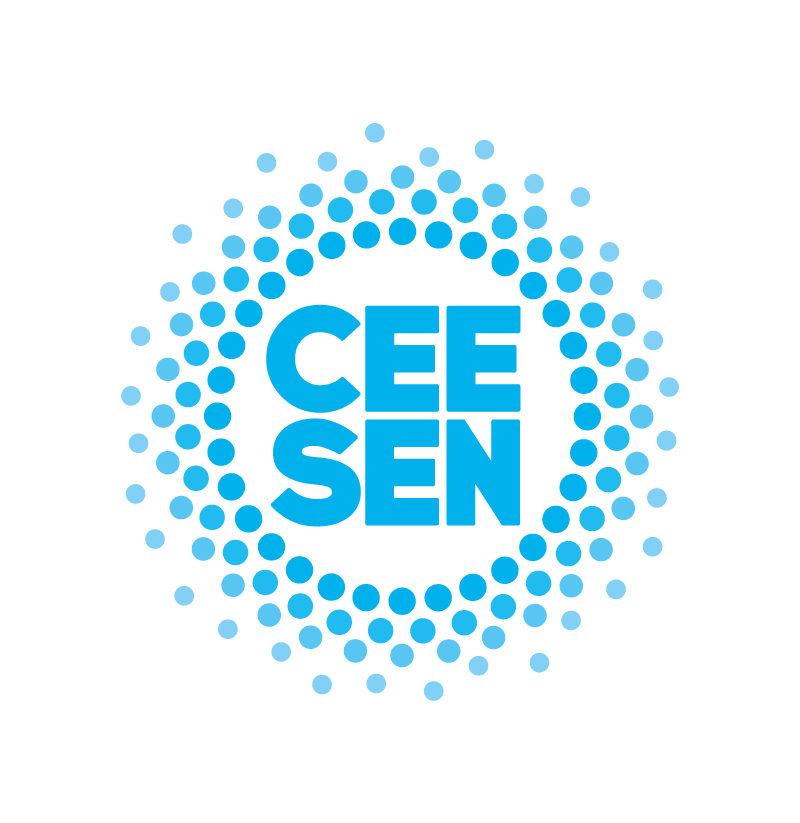With one aim of the Central and Eastern European Sustainable Energy Network (CEESEN) being to increase communication, cooperation and interaction among local public administrators, stakeholders and policy makers at multiple levels and in multiple directions, and with only some weeks remaining for Member states to revise their National Energy and Climate Plans (NECPs), CEESEN took stock of the NECP plans of those countries participating in the EC-funded CEESEU-DIGIT project.
We looked at several crucial topics in the NECPs relevant to the CEESEN network and its members. Regrettably, energy communities remain underdeveloped in Central and Eastern Europe. Meanwhile, an estimated 42 million citizens are unable to keep their house adequately warm EU-wide, where the relatively colder climates and poorer housing stock in Central and Eastern European countries results in their citizens being disproportionally affected by energy poverty. In line with the CEESEN aim stated above, we also examined how participation in drafting the NECPs was organized and if (and how) countries clearly plan to phase out fossil fuels from their energy mix.
DIGIT partners within CEESEN welcome the European Commission’s December Country Specific recommendation that encourages Member States to refine their NECPs, in which the Commission also calls for the promotion of self-consumption and an enabling framework for developing renewable energy communities and energy sharing. The recommendation additionally urges States to clearly define energy poverty, to assess the number of energy poor households, and to set a target to reduce the number of energy poor households. In this regard, we took the opportunity to compare the six DIGIT countries’ NECPs in greater detail through a “traffic light approach” by identifying concrete best practices and contrasting these with poor practices.
We urge the other Central and Eastern European Member states to follow suit the described best practices of leaders and improve their policies and measures to eradicate energy poverty and strengthen citizen-led energy projects in their final NECPs due the 30th of June.
This will enable Member states to more rapidly attain their climate goals, broaden the social acceptance of the transition, and empower their (vulnerable) citizens.
We divide the traffic light into the following categories:
- Leaders (clear enabling frameworks, address challenges, include objectives and/or targets)
- Learners (vague description of policy and measures or needs improvement)
- Laggards (no specific mentions of policy and measures and/or counter-productive)
Download the document to see the four issues that should be included in the NECPs.

